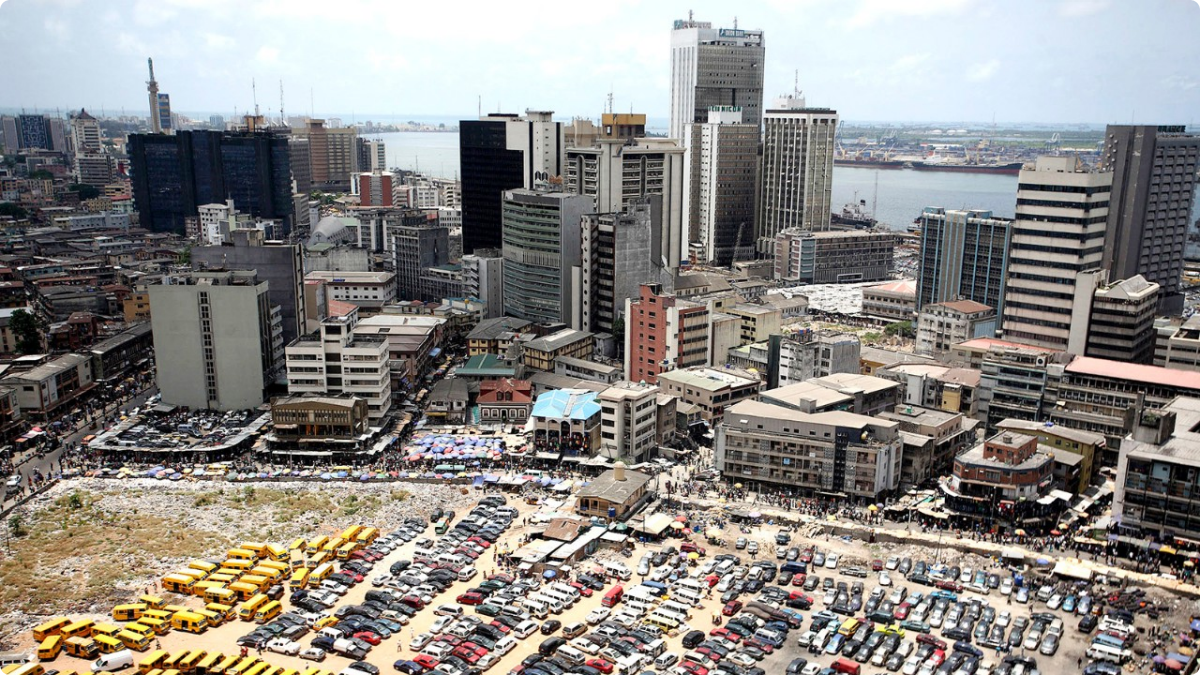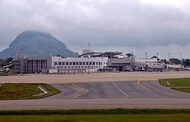Nigeria’s economic growth rose to an annual rate of 2.28 per cent in the three months to the end of September after the production of its main export commodity, crude oil, rose to a more than three year high, Statistician General National Bureau of Statistics Dr. Yemi Kale said in the third quarter report. Nigeria’s economy expanded by 0.17 per cent in the previous quarter and 0.47 per cent in the same period a year earlier. Growth rates in Nigeria have been bouncing back this year, though from a low base, after the oil sector shrug off its negative performance in the first quarter.
According to a report signed by Kale Crude production in the third quarter stood at 2.04 million barrels per day, its highest since the first quarter of 2016. Nigeria recorded the highest quarterly growth in September since the last quarter of 2018 as the oil sector rose 6.49%. The non-oil sector rose 1.85% during the period. Nigeria’s Gross Domestic Product (GDP) grew by 2.28%(year-on-year), in real terms, in the third quarter of 2019. Compared to the third quarter of 2018 which recorded a growth of 1.81%, the real GDP growth rate observed in the third quarter of 2019 indicates an increase of 0.47% points. Relative to the second quarter of 2019, which recorded a growth rate of 2.12%, Q32019 represents an increase of 0.17%points. On a quarter on quarter basis, however, real GDP grew by 9.23%. The growth rate in Q32019 represents the second highest quarterly rate recorded since 2016.
According to NBS “In the quarter under review, aggregate GDP stood at N37,806,924.41 million in nominal terms. This performance is higher compared to the aggregate of N33,368,049.14 million recorded in the third quarter of 2018, representing a year on year nominal growth rate of 13.30%. The growth rate is, however, lower relative to rates recorded in the third quarter of 2018 by–0.28% point sand the rates recorded in the preceding quarter by –0.71% points. For better clarity, the Nigerian economy has been classified broadly into the oil and non-oil sectors. In Q3 2019, Nigeria recorded average daily oil production of 2.04 million barrels per day (mbpd), its highest in more than three years. This output was 0.1mbpd higher than the daily average production of 1.94mbpd recorded in the same quarter of 2018, and 0.02mbpd higher than the revised oil production levels in Q2 2019 of 2.02mbpd.
“Real growth of the oil sector was 6.49% (year-on-year) in Q3 2019 indicating an increase of 9.40% points relative to rate recorded in the corresponding quarter of 2018. The rate was lower by –0.68% points when compared to Q2 2019 which was 7.17%. Quarter-on-Quarter, the oil sector recorded a growth rate of 18.88% in Q3 2019. The sector contributed 9.77% to total real GDP in Q3 2019, up from figures recorded in the corresponding period of 2018 as well as the preceding quarter, when it accounted for 9.38% and 8.98% respectively. The non-oil sector grew by1.85% in real terms during the reference quarter. Thisis–0.48%pointslower when compared to the rate recorded in the same quarter of 2018 but 0.20% points higher than the second quarter of 2019. During the quarter, the sector was driven mainly by the Information and Communication sector. Other drivers were Agriculture, Mining and Quarrying, Transportation and Storage, and Manufacturing. In real terms, the Non-Oil sector contributed 90.23% to the nation’s GDP, slightly lower than the share recorded in the third quarter of 2018 (90.62%), and in the second quarter of 2019 (91.02%).
“The Mining & Quarrying sector consists of Crude Petroleum and Natural Gas, Coal Mining, Metal ore and Quarrying and other Minerals sub-activities. In nominal terms, this sector grew by 5.98% (year on year) in Q3 2019. Quarrying and other minerals exhibited the highest growth rate of all the sub-activities at 58.03%, followed by coal at 43.68%. However, Crude Petroleum and Natural gas remains the main contributor to the sector, accounting for 97.11% of the sector output. Comparing the Q3 2019 growth rate against the Q3 2018 and Q2 2019 growth rates shows a drop of –3.56% points and 22.80% points increment respectively. The Mining&Quarrying sector contributed 9.87% too ver all GDP in the third quarter of 2019, lower than the contributions recorded in Q3 2018 of 10.55% but higher than the previous quarter’s 8.99%.
“In real terms, the Mining and Quarrying sector grew by 6.19%(year-on-year)in the third quarter of 2019. Compared to the same quarter of 2018, it washing her by 9.00% point sand lower by–0.82% points relative to second quarter 2019. Quarter on quarter, growth rate recorded was 18.50%.
The contribution of Mining and Quarrying to Real GDP in the quarter under review stood at 9.90%, higher than the rate of 9.53% recorded in the corresponding quarter of 2018 and the 9.12% recorded int he second quarter of 2019 . Four sub-activities make up the Agricultural sector: Crop Production, Livestock, Forestry and Fishing. sector grew by 14.88% year-on-year in nominal terms in Q3 2019, showing a decline of –3.44% points from the same quarter of 2018. Compared to the preceding quarter’s growth rate of 17.76%, this represents a decline of —2.89% points. Crop Production remained the largest driver of the sector, accounting for 91.6% of sector In the third quarter of 2019. Quarter on Quarter growth stood at 44.12%. Agriculture contributed 25.88% to nominal GDP during the quarter, higher than the rates recorded for the third quarter of 2018 and the second quarter of 2019 which recorded 25.52% and 19.39% respectively.
“In real terms, the agricultural sector grew by 2.28% (year-on-year) in the third quarter of 2019, an increase by0.37% points from the corresponding period of 2018, and 0.49% points from the preceding quarter which recorded a growth rate of 1.79%. In terms of contribution, the sector contributed 29.25% to overall real GDP during the quarter, same as contribution in the third quarter of 2018 but higher than the second quarter of 2019 which stood at 22.78%. Compared to the second quarter of 2019, the contribution in Q3 2019 rose 6.46% points”.














